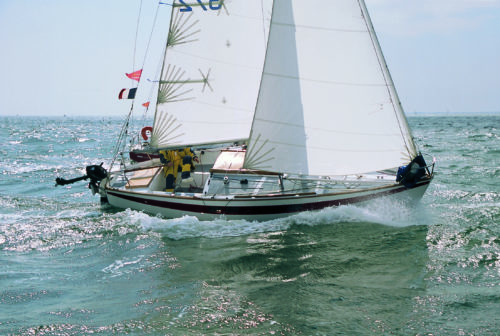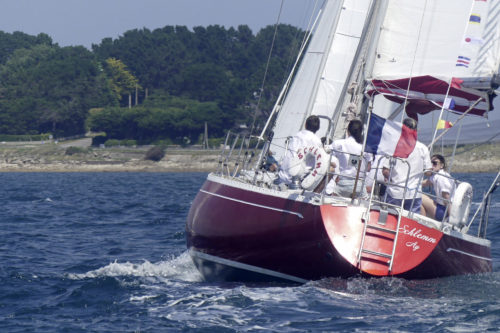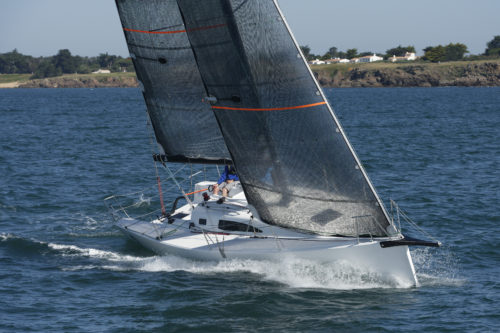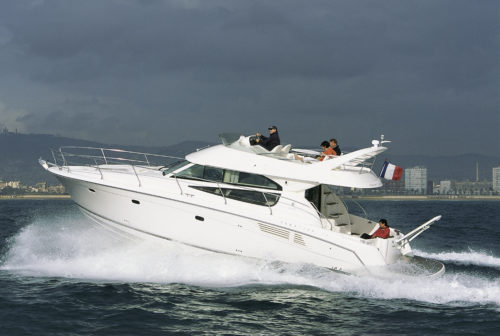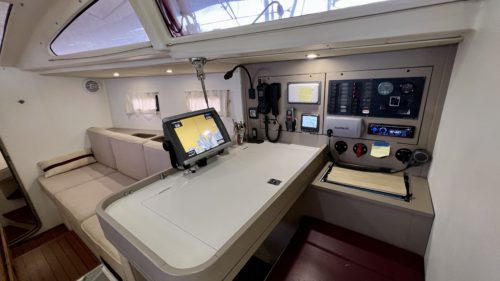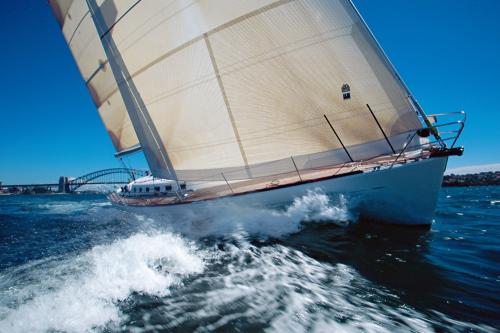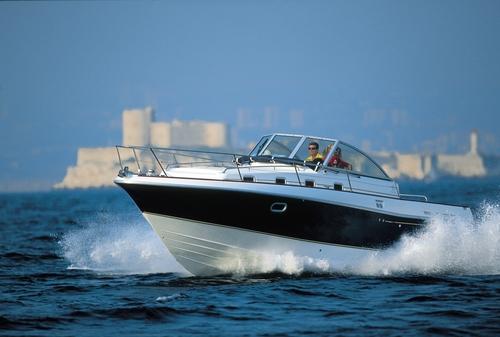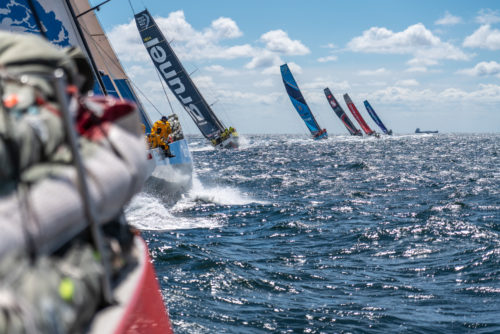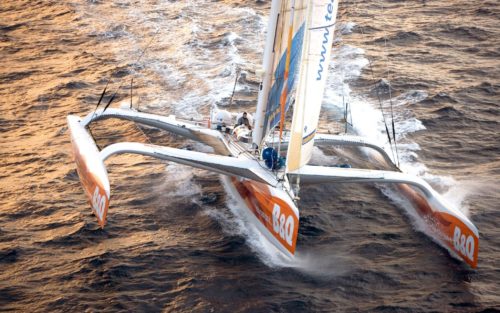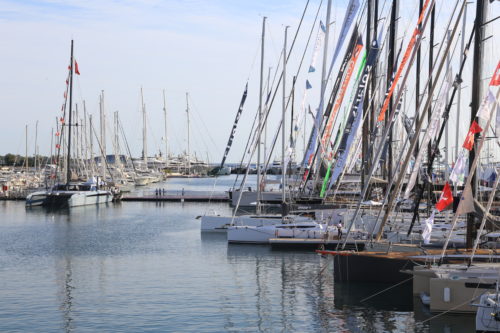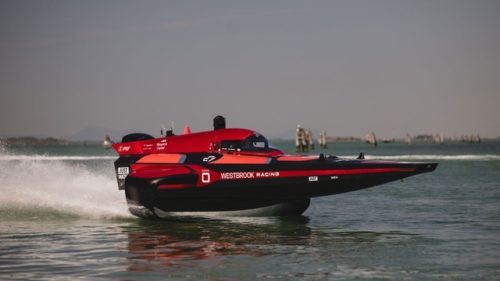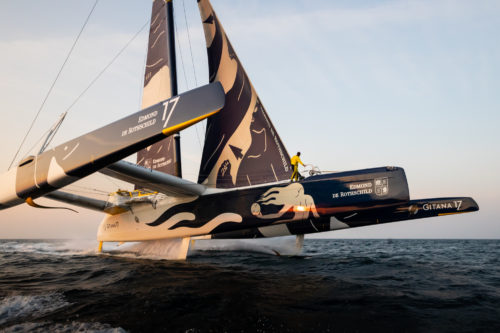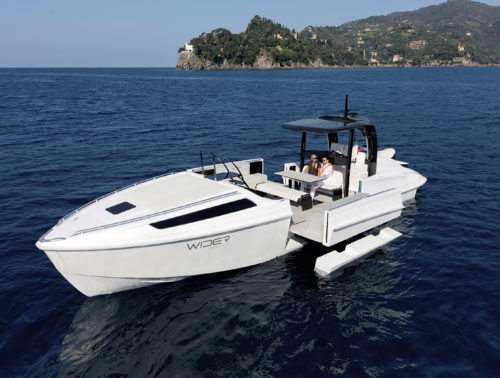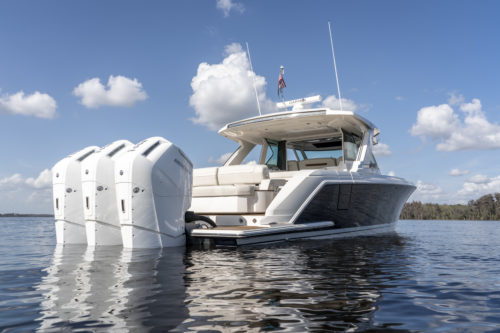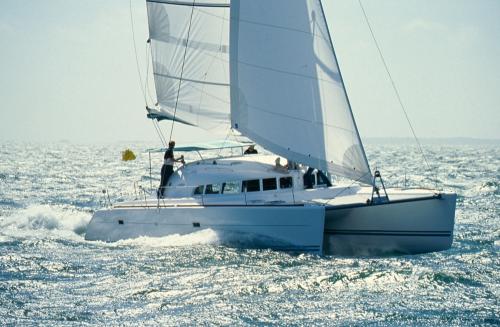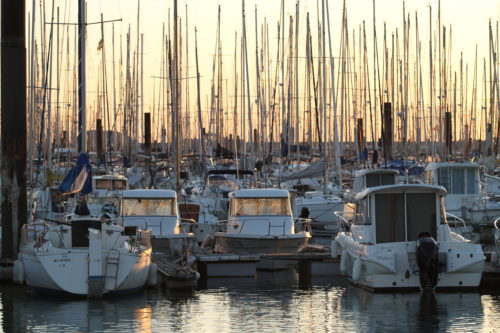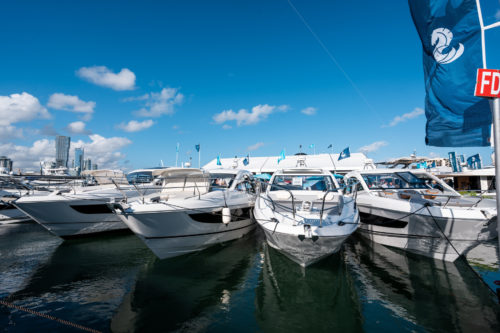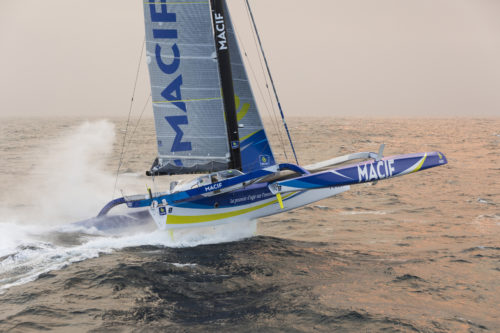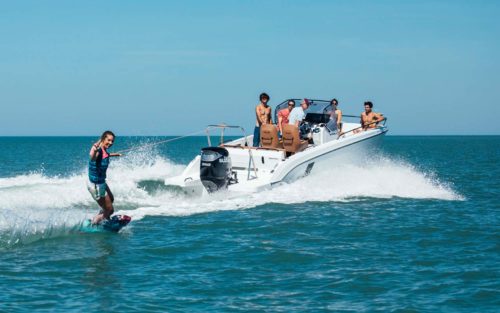Women in sailing
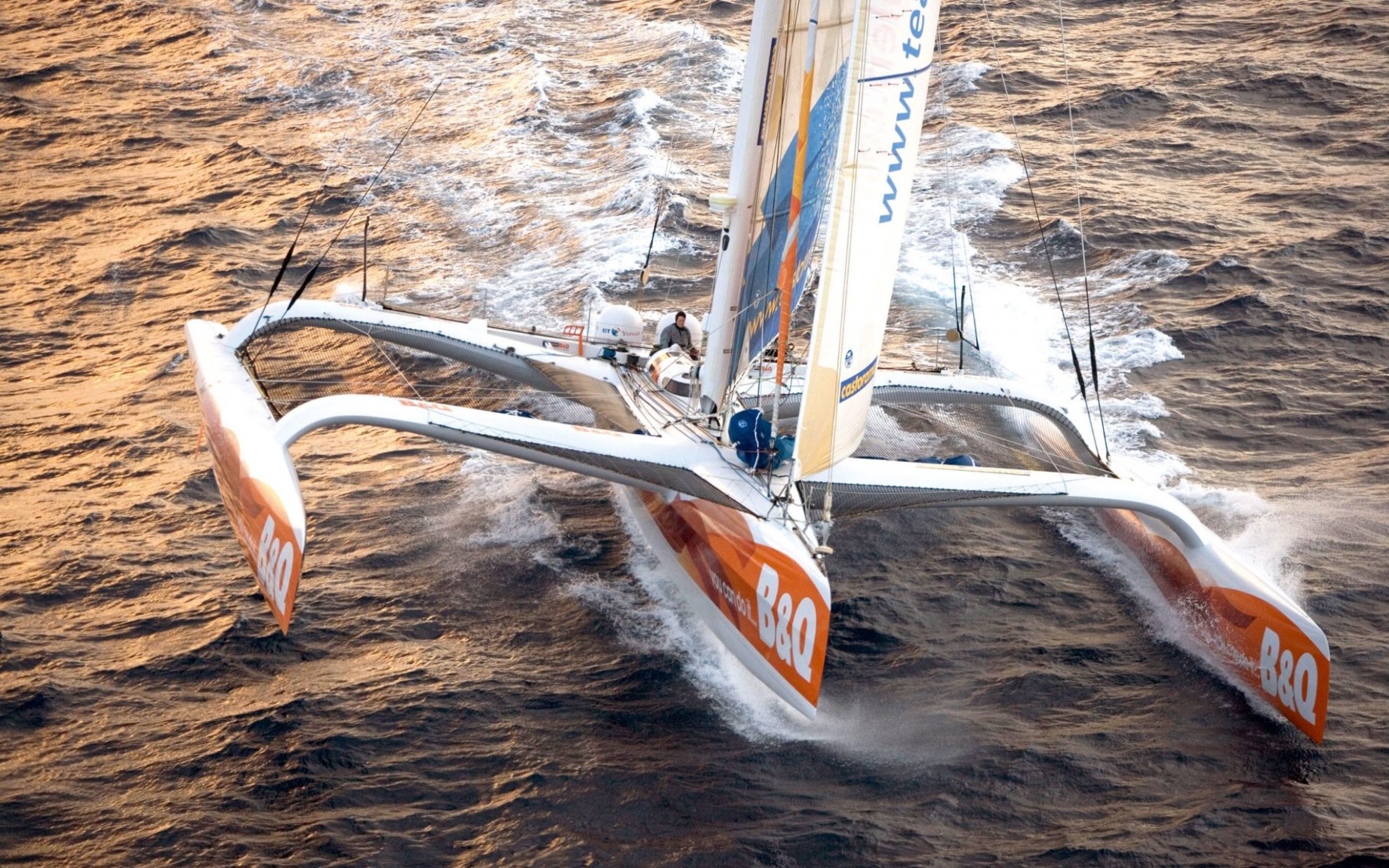
Official figures, however, do not immediately reflect this shift. Statistics from the French Sailing Federation show that the proportion of female license-holders has remained more or less stable for decades, at around 25% of the total. But this imbalance is not unique to sailing, it mirrors the trend seen across most club-based sports. For comparison, women account for only about 10% of participants in disciplines like cycling or football, and even in a supposedly more inclusive sport like tennis, they still represent less than 30% of all players.
What truly changes in the early 2000s is not so much the number of women involved, but their visibility across all sectors of sailing, from cruising to competitions. The finish of the 2000-2001 Vendée Globe offers a striking symbol of this evolution: on February 11, 2001, after 94 days at sea, Ellen MacArthur and her yacht Kingfisher crossed the line in second place, just one day behind the winner, Michel Desjoyeaux, after almost catching him during the final Atlantic leg. Her performance is all the more remarkable given her age – just 24 – and meteoric rise. From her first offshore race in 1997, finishing 17th in the Mini Transat, to victory the following year in the 50-foot monohull class of the Route du Rhum. Her remarkable achievements stem from her unwavering determination and her ability to make the right choices in terms of equipment and preparations, always relying on the right people to help her move forward.
Following the performances of Isabelle Autissier and Florence Arthaud a decade earlier, Ellen MacArthur’s achievement marks a new turning point, with her example helping to “normalize” the presence of women at the highest levels and inspiring a new generation of female sailors. The extraordinary solo round-the-world record she sets in 2005 aboard the trimaran B&Q/Castorama adds another layer to her popularity.
In the 2008-2009 Vendée Globe, another British sailor takes the spotlight: Samantha Davies, finishing fourth on board Roxy. She will not manage to improve on this result in her next three attempts, but her consistency and her simple and direct way of sharing the highs and lows of life at sea make her a key figure in this race’s growing female presence.
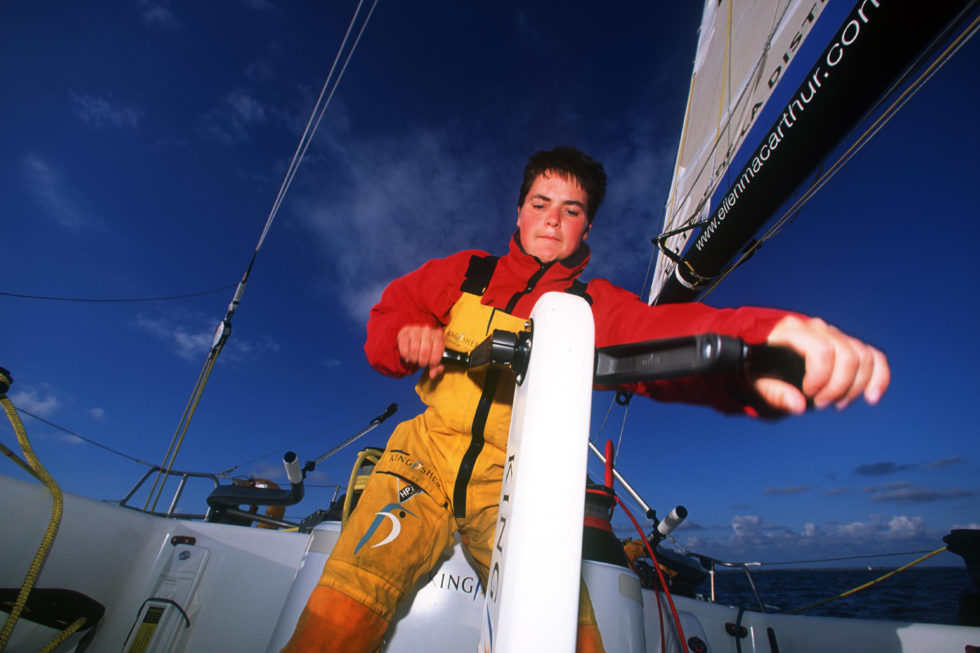
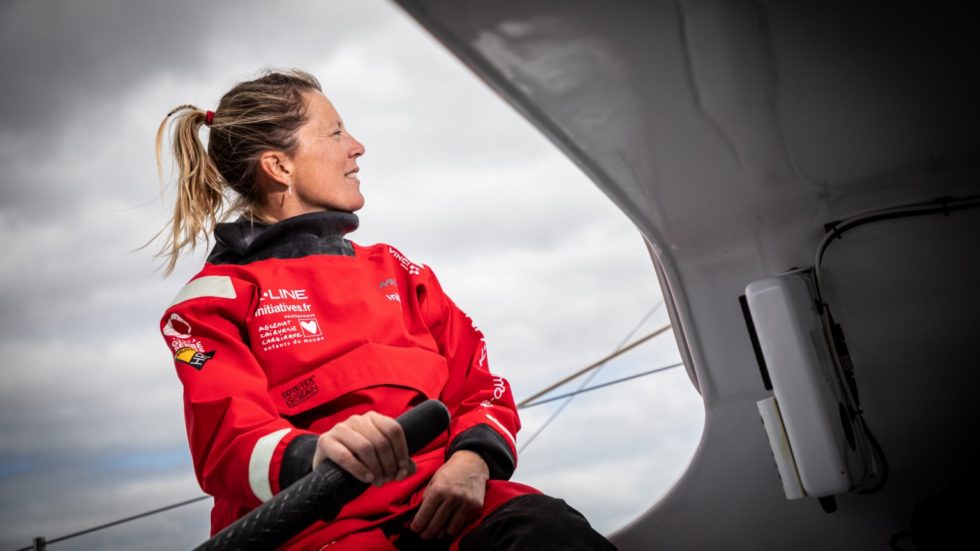
The figaro pathway to success
While the Vendée Globe is still France’s flagship sailing event, it is far from the only competition in which women make their mark. The one-design Figaro Bénéteau class has been particularly instrumental in this regard. In 2000, Karine Fauconnier, teamed with Lionel Lemonchois, wins the Transat AG2R, a double-handed race between Lorient and St. Barts. Born in 1972, Karine had already signaled her potential with a sixth-place finish in the 1999 Solitaire du Figaro, and will go on to distinguish herself in multihulls, winning the Québec–Saint-Malo in 2004 and the Transat Jacques Vabre in 2007. Other women shine in the Solitaire du Figaro, such as Jeanne Grégoire, fifth in 2008, and Isabelle Joschke, who in 2009 becomes the first woman to win a leg in this race since it adopted a strict one-design format nearly 30 years earlier! Isabelle will later continue her career in the 60 foot IMOCA class, while Jeanne goes on to head up the Pôle Finistère Course au Large in Port-la-Forêt, a renowned training center that has produced many of the top offshore racers. Karine Fauconnier follows a similar path, becoming the head of Lorient Grand Large, another major offshore racing hub, and their transitions show how women are increasingly involved in operating the various structures, alongside their results on the water.
It is no coincidence that new forms of organization, emerging in part from these structures, will later, starting in the 2020s, help to further break down barriers in the racing world, by introducing the requirement for mixed-gender double-handed crews in certain events (such as the Transat Paprec in the Figaro Bénéteau class and the PLM 6.50), paving the way for dozens of young female sailors.
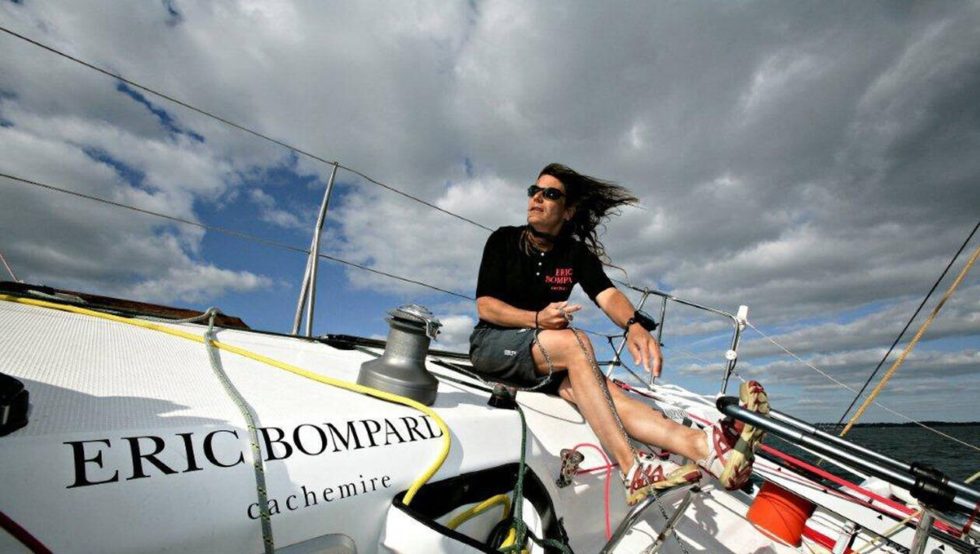
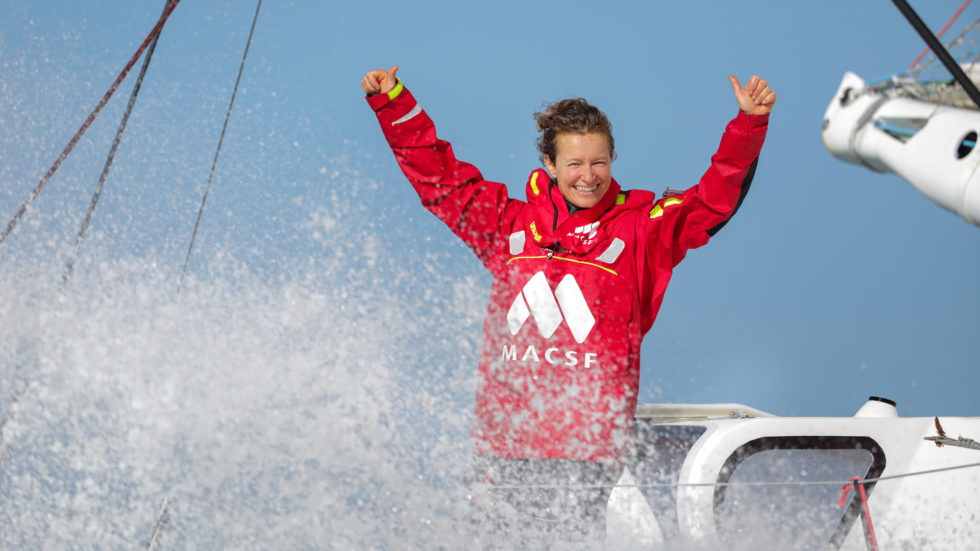
Women on long voyages
Women have always been present in the world of cruising, but with the exception of pioneers like Nicole van de Kerchove, who blazed the trail in the 1960s and 1970s, or later Isabelle Autissier, who was passionate about long voyages in the 1980s before turning to competitive sailing, they were rarely the initiators of long-distance sailing projects, and the few women who embarked on major voyages alone generally did so without getting a lot of attention. Take the Dardé sisters, Christiane and Jacqueline, for instance: when they return to Vendée in 2002 aboard their Via 42, Maris Stella, after sailing around the world, the press is barely interested in their epic journey, but those who really knew them understood that this was, in fact… their third circumnavigation! Their first circumnavigation was some 20 years earlier, aboard a Super Arlequin, then they built Maris Stella and completed a second round-the-world voyage, with a detour to Antarctica, followed by a third… In 1995, they also received the prestigious Blue Water Medal from the Cruising Club of America, but this honor was barely mentioned in the French media.
2002 is also the year when Michèle Demai – a former news anchor on French television during the ORTF era – completes a different kind of journey: the Northwest Passage, accompanied by her daughter Sabrina aboard Nuage, the 13m steel cutter she commissioned after retiring from broadcasting.
The development of new means of communication, with blogs first, then social media, will bring greater visibility to these voyages and help inspire new callings. One such example: the crew of Saltimbanque, a Brise de Mer 28, Laure and Camille, two young engineers who sailed around the Atlantic in the early 2010s before going on to explore other routes, showing – through their witty commentaries and photos – that long-distance cruising with an all-female crew works very well!
















